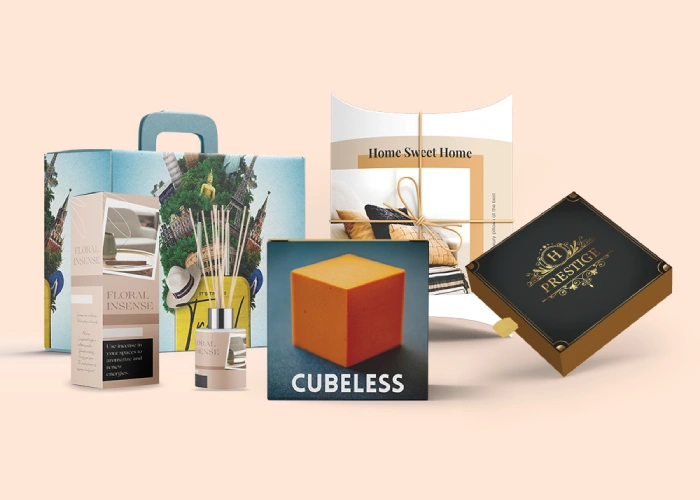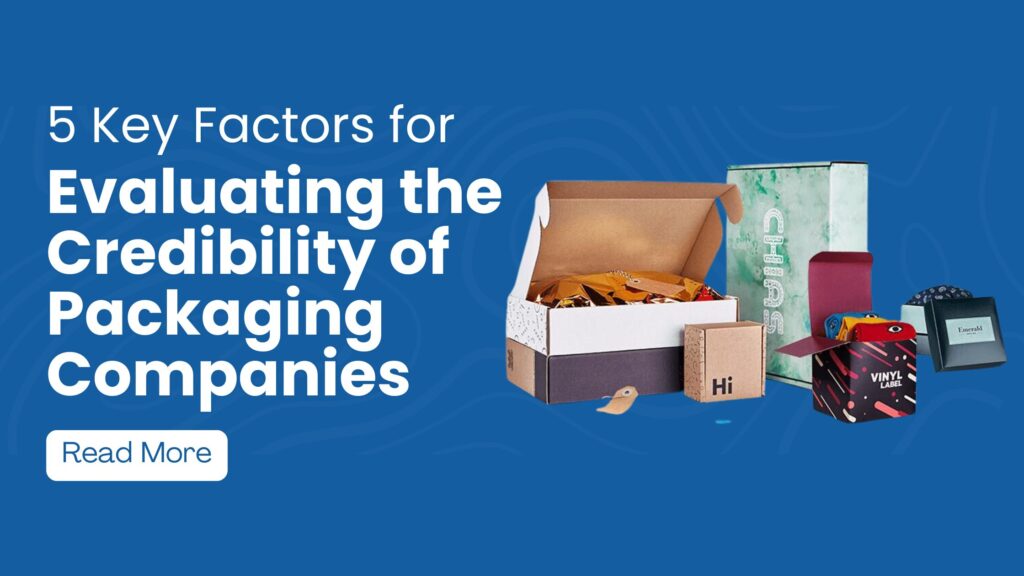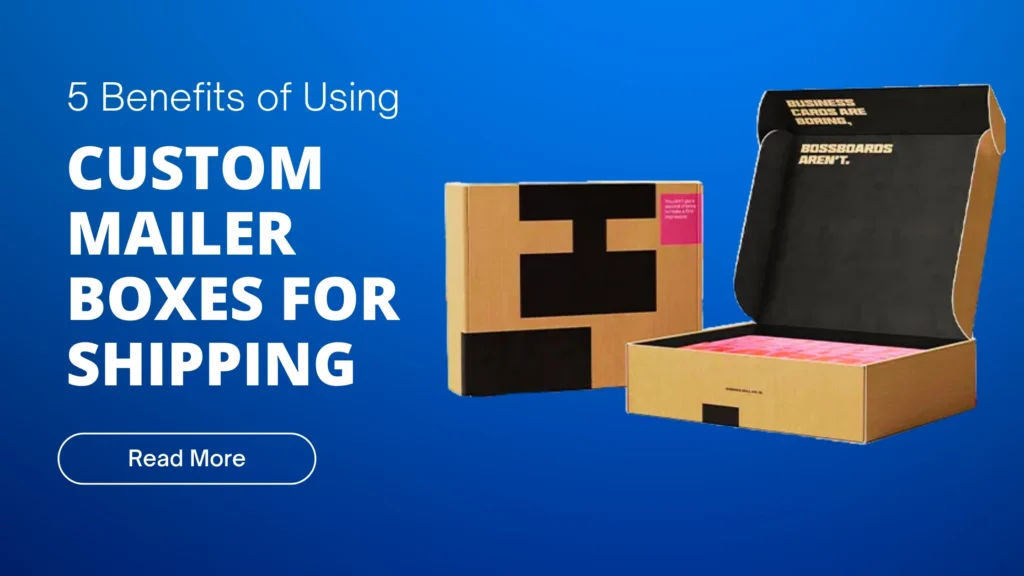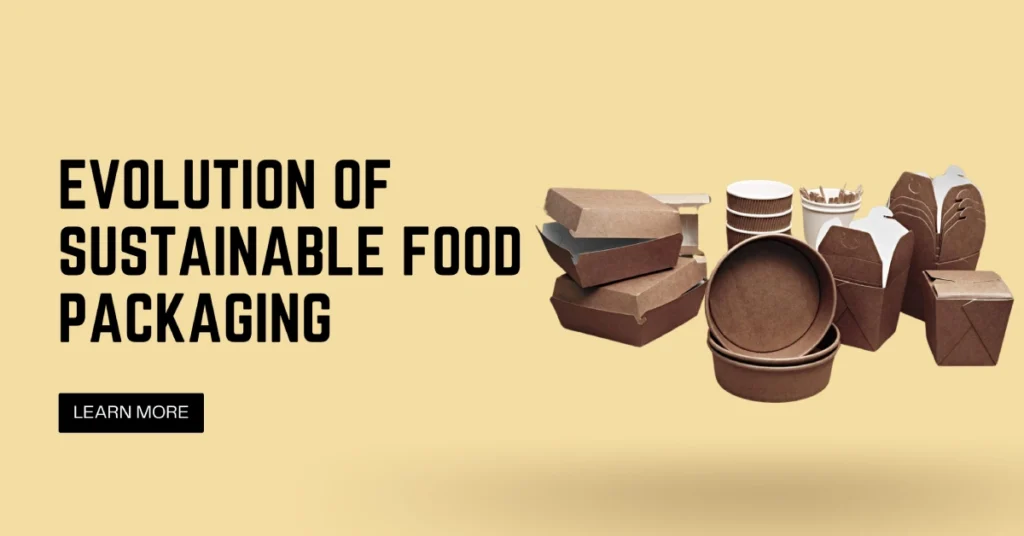E-commerce has revolutionized consumer shopping, and packaging is at the forefront of this rapid industry growth. Demands for efficiency, sustainability, and innovative packaging have increased as online retail continues to explode. The future of e-commerce packaging is changing to meet new consumer expectations, environmental pressures, and technological advances. We will examine these trends in this article and show how they will shape the future of packaging in the world of e-commerce.
Sustainable Packaging for E-commerce
The most fundamental change in e-commerce packaging is the one moving toward sustainability. Today, more than ever, consumers are sensitive to ecological concerns and favor companies that do their part for environmental care. This, therefore, has made companies seek ways of minimizing waste and using environmentally friendly packaging materials.
Companies are moving away from conventional plastic and non-recyclable materials to biodegradable and compostable alternatives. Materials manufactured from renewable resources, such as plant bio-fibers, reduce packaging’s environmental footprint. Compostable packaging is one such example; it degrades naturally in specific conditions without leaving behind harmful residues.
Too much packaging has generally been a bugbear of e-commerce for quite a long period. In the future, there will be a move toward minimalism in packaging design. Eliminating redundant layers and using simpler designs will save money on behalf of brands and cut down on waste-all features pleasing to the environmentally conscious consumer.
Recyclability has taken on a high degree of importance within the context of packaging. More favorable means of packaging will include plastics, paper, and cardboard since their content is highly recyclable. Packaging designed to be recycled can help reduce waste and promote brand loyalty because of interested consumers.
Changes in technology are converting today’s boxes and bags into strong tools for effective customer relationship building and data gathering. Smart packaging, embedded with sensors or QR codes, is opening up newer ways in which brands may connect with their customers.

One of the biggest trends in packaging includes QR codes that, when scanned by a customer’s smartphone, pull up information on the product, special offers, or instructional videos. Other brands are taking it up another notch by integrating AR experiences with their packaging, where a customer can visualize and interact with virtual elements within the real world. Personalization of content, unboxing experience, and customer engagement is enabled through technology.
Radio-frequency identification is a factor that has gained great appeal in e-commerce packaging. Embedding RFID tags in the package ensures that there is real-time tracking of shipments, hence giving correct information to the customer regarding delivery time. It also helps companies manage their inventory, prevent theft, and smoothen logistics.
In the future, temperature-sensitive packaging will be for companies that deal in the shipment of perishable goods. Packaging with temperature monitoring ensures that food, medicine, or any other perishable commodity stays within safe temperatures throughout shipping. For this reason, this innovation finds great applicability in industries such as food delivery and health.
Customization and Personalization
Custom packaging can make customers’ delivery experiences memorable. This is where, in future times, brands will have to be more inclined towards customized packaging that can strike a chord with their target audience.
Custom-printed boxes and wrapping not only strengthen brand identity but also offer a unique unboxing experience. Advanced printing technologies can enable brands to create packaging that speaks of their personality and values by allowing for unique colors, logos, and even customer names on the packaging. Standing out from the crowd is a great way to establish this level of personalization that helps forge brand loyalty.
Another future trend in packaging is that of personalization for particular types of products. E-commerce is getting diverse, and it will ultimately need to encase a wide range of products, from electronics to cosmetics and even furniture. Packaging that has been designed for a particular product makes for a better fit, protects its contents during shipment, and minimizes the use of excess materials.
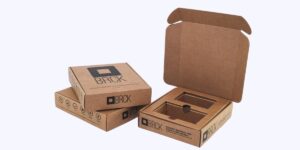
Durability and Protection
With the increase in demand for online purchases, much concern is taken to make sure the products safely reach their customers. In the future, the packaging of e-commerce products will shift to durability and protection, employing the use of strong but lightweight materials.
With shipments’ volume ever-increasing, packaging needs to be shock-resistant not to make fragile items inside it broken. Materials with the capacity for shock absorption-say, air pillows or bubble wrap-are in the process of being refined to give better protection using less material. Another innovative idea for packaging solutions can be to make materials that protect against breakages by shock absorption in case impacts during shipment take place.
More multilayer packaging solutions will be common in the future, putting together various materials for added strength and protection. Cardboard can be put together with foam inserts to protect fragile items, such as electronics during transit.
With e-commerce expanding into ever-more diversified product categories, packaging in the future will be both waterproof and weather-resistant. Waterproof packing assures that products-mostly those that are sensitive to moisture-reach their destination in good condition even when exposed to rain or humid conditions.
Automation in Packaging
Indeed, automation in the e-commerce industry is rising in each and every field; packing is no exception. Automatic packing would greatly help in saving labor costs, enhancing efficiency, and providing consistency in the quality of packaging.
In large-scale e-commerce, automated packing systems are becoming a necessity. These can pack products both speedily and accurately, reducing human involvement to the barest minimum. Along with that, an automated system will fit the size and shape of the packaging just right on top of the product, thereby reducing extra consumption of packing material.
Still in its infancy, 3D printing is one of the future ways to disrupt e-commerce packaging. Companies will use 3D printers to make bespoke packaging upon order in years to come. This will reduce production time and cut down on waste. In addition, this technology can create highly complex and personalized packaging designs, which are quite difficult to achieve by traditional manufacturing methods.

Sustainability Meets Innovation: The Circular Economy
As the drive for sustainability increases globally, the future of e-commerce packaging is geared towards the circular economy. This will be achieved by designing packaging for return to product reuse, supply-chain reuse, and reuse in other forms.
One option involves reusable packaging, for which customers can return packaging for re-use. This model is already being tested by several companies, which offer customers various incentives for returning packaging. In this way, reusable packaging diminishes the need for new materials while fighting the increasing problem of packaging waste.
Companies are also exploring take-back programs that allow consumers to return packaging materials for recycling or reuse. This enables a closed-loop system where the packaging continues to be used in the supply chain, not discarded after a single use.
Conclusion
The key drivers for the future on e-commerce packaging include sustainability, innovation, and customer experience. With continued development in technology and changing consumer taste, businesses have to consider adopting solutions which, apart from functionality, will be green and engaging. It will, therefore, place brands at better positions to meet modern demands in this ever-evolving face of e-commerce through efficient, sustainable, and memorable delivery methods.
